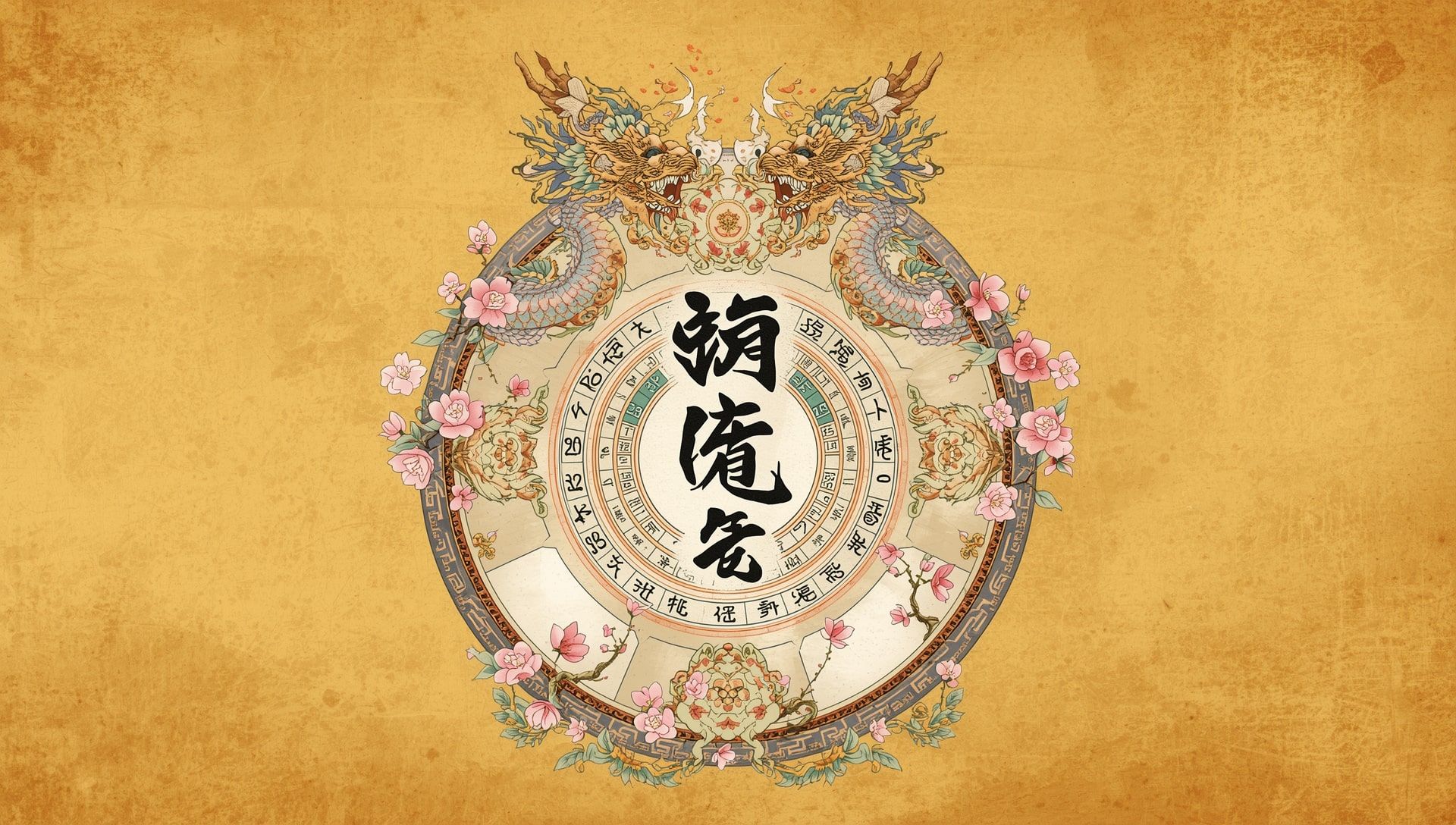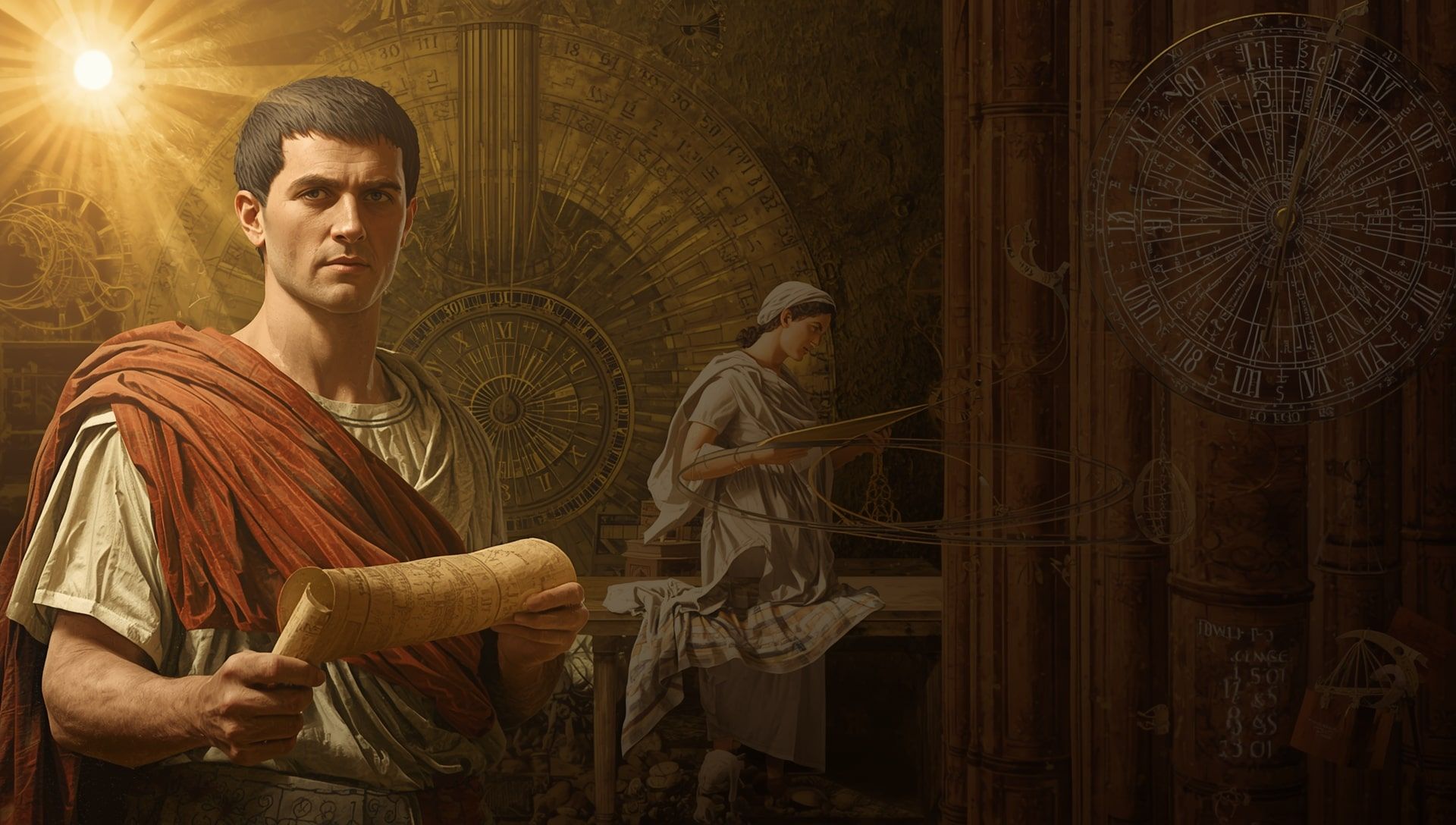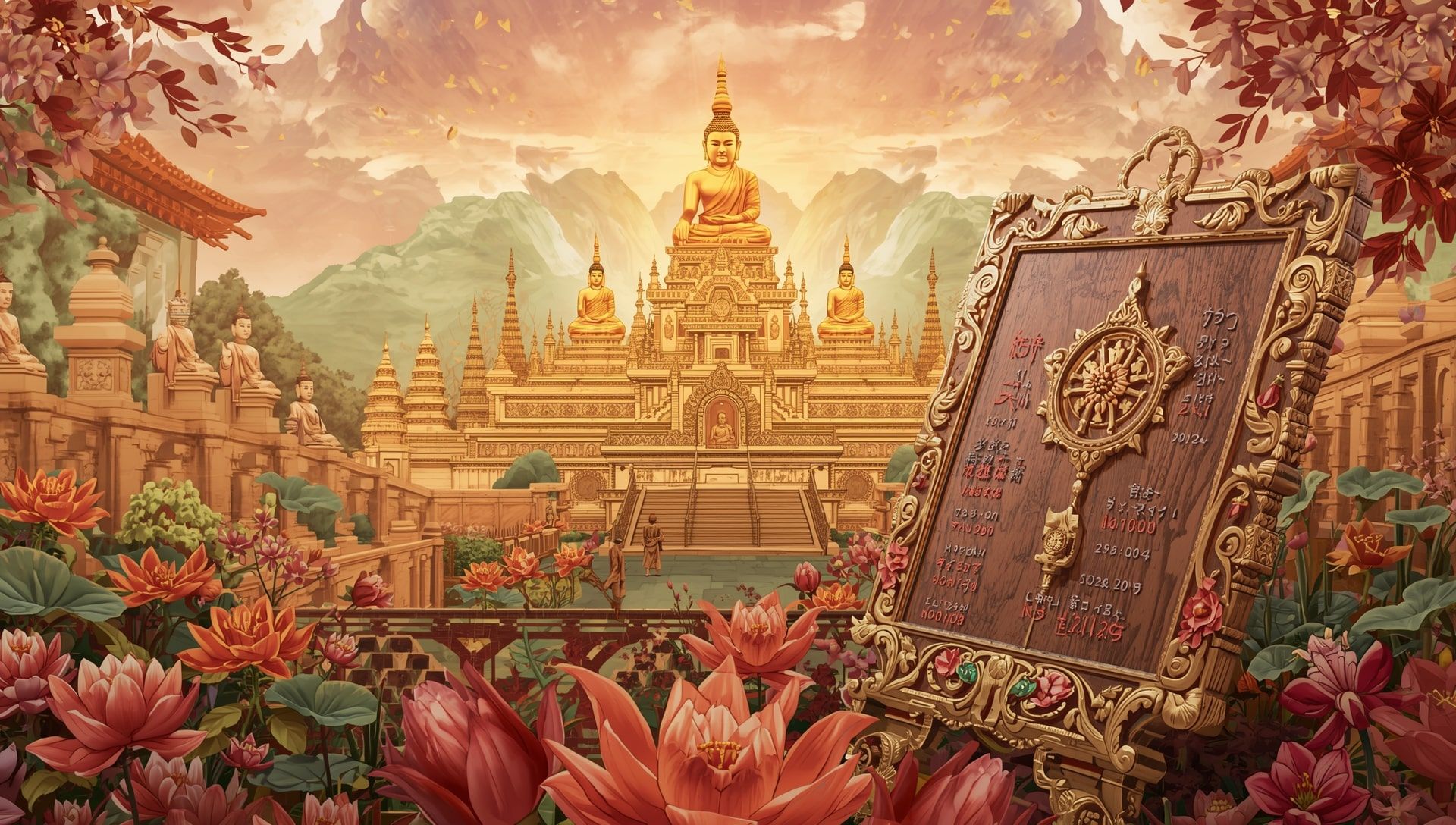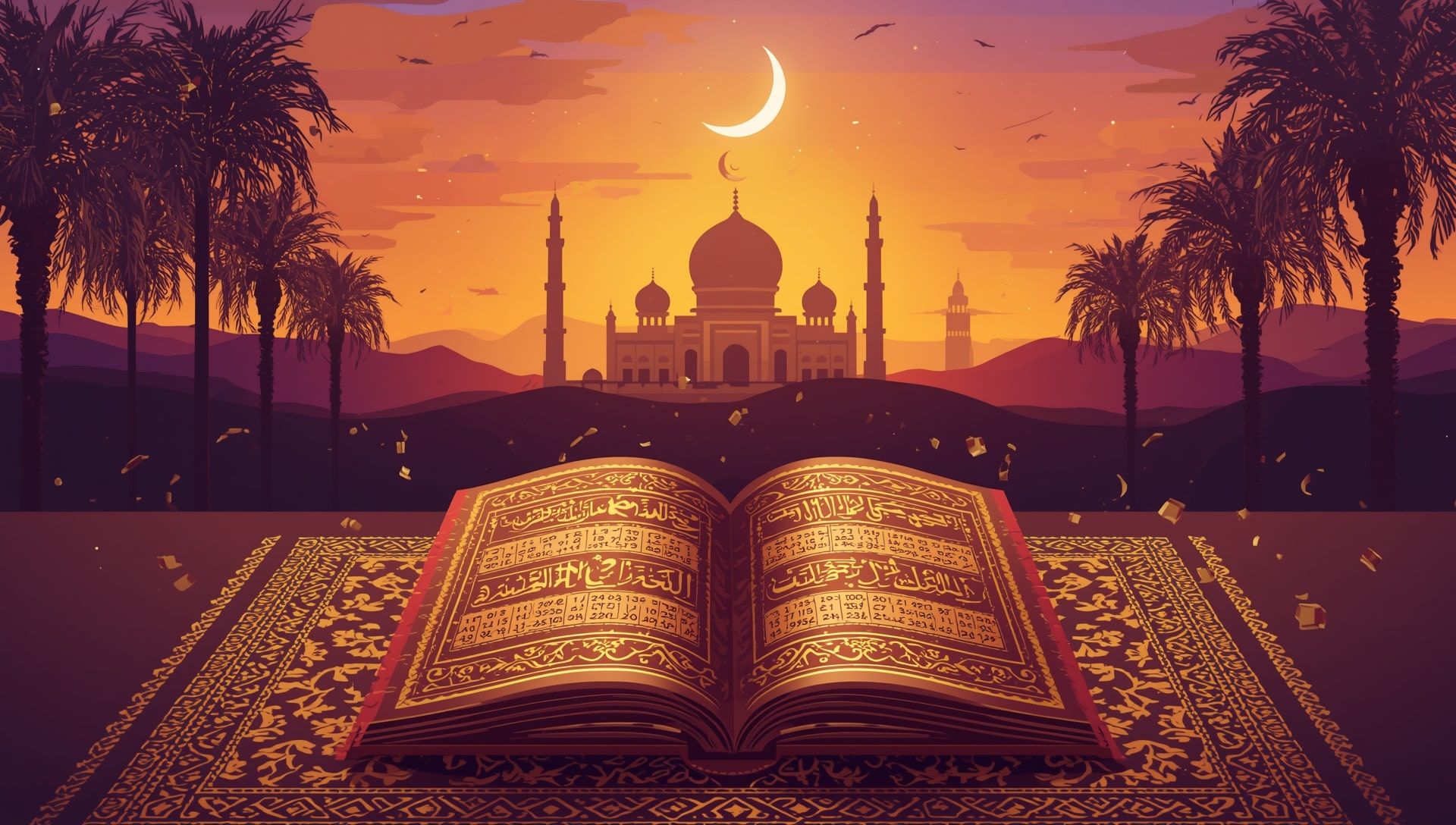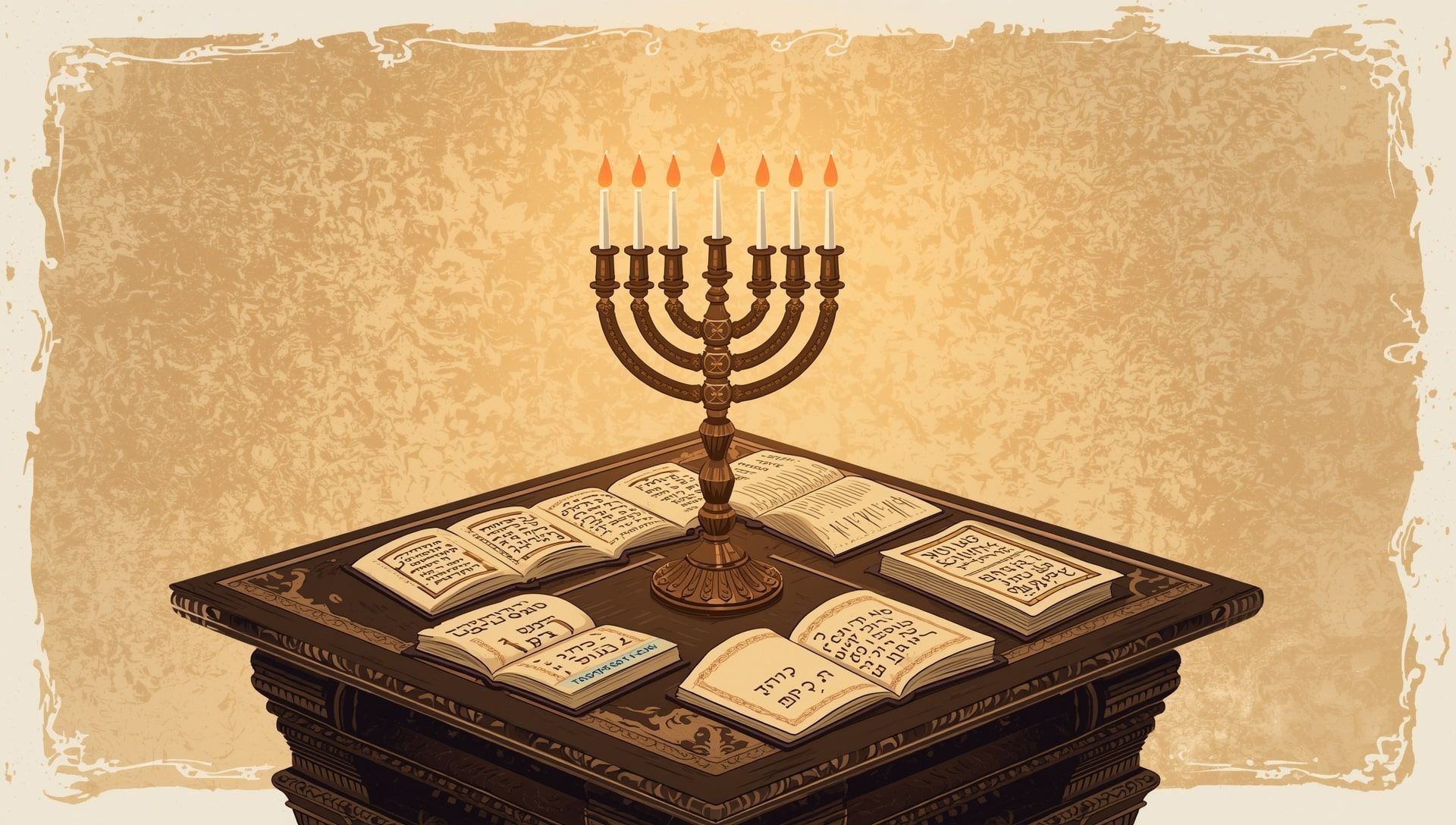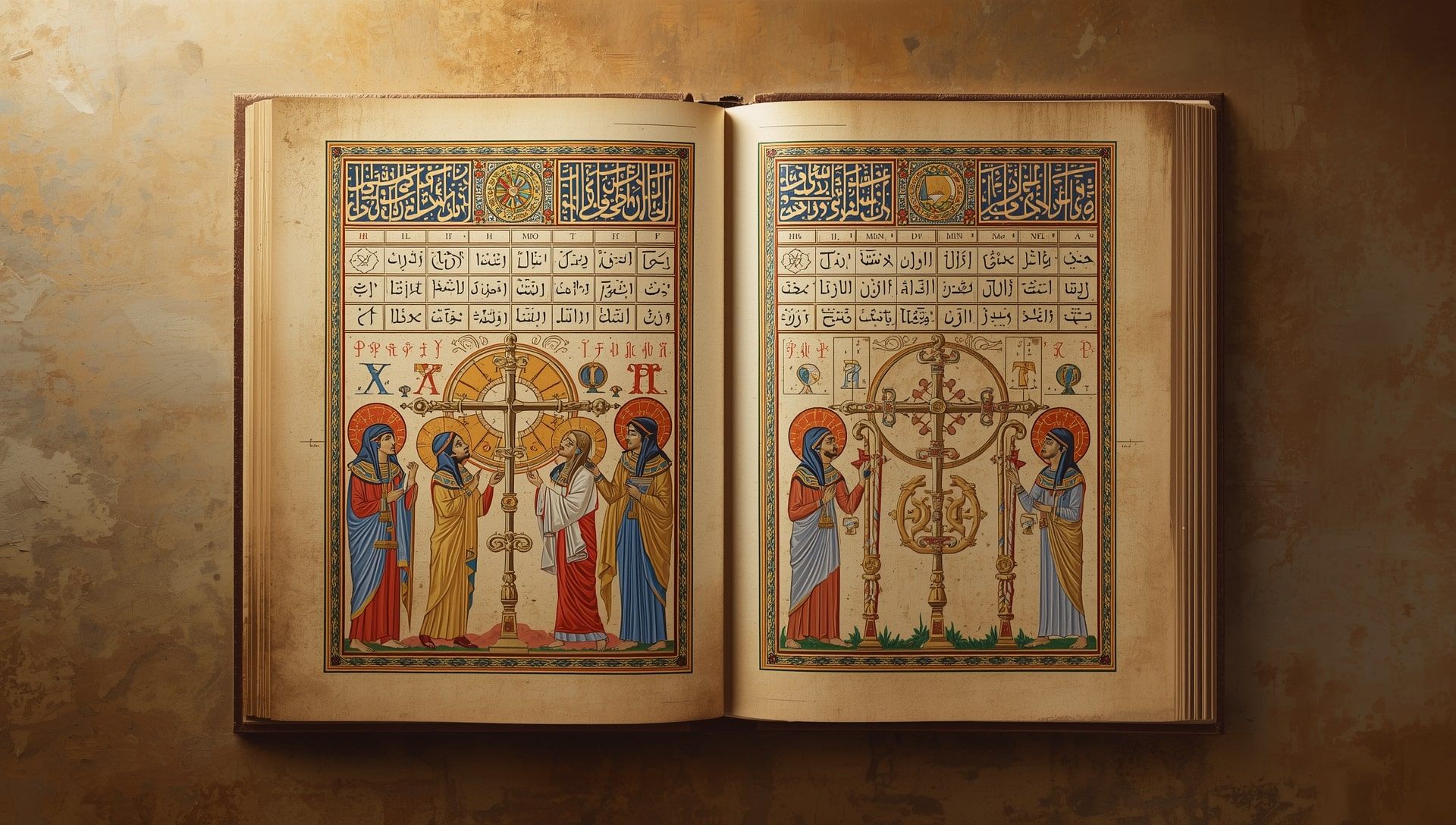The Rhythm of Time and Tradition
Time shapes everything. The Chinese calendar is not just a date-keeping tool, it’s a living symbol of balance between the heavens, the earth, and human life. For more than 4,000 years, it has tracked celestial cycles while guiding farmers, emperors, and families alike. Unlike the Gregorian calendar that most of the world uses, the Chinese system moves with the Moon and adjusts to the Sun.
Lunisolar Harmony Explained
The Chinese calendar combines two rhythms: the lunar cycle and the solar year. A lunar month lasts about 29.53 days, meaning twelve lunar months equal roughly 354 days, around eleven days shorter than the solar year. Without correction, seasons would drift over time, causing the calendar to fall out of sync with natural seasons. The ancient Chinese solved this using intercalation and leap adjustments, inserting a leap month every two to three years.
Structure of the Calendar
Each year in the Chinese calendar includes twelve or sometimes thirteen months. Months begin when the new moon appears. The system is also linked to the traditional solar terms known as jieqi, dividing the solar year into 24 equal segments, marking agricultural and seasonal shifts. These include moments like the Start of Spring, Grain Rain, and Autumn Equinox. Similar structures appear in other systems such as the Julian calendar, showing how civilizations sought harmony between Sun and Moon.
- 🕉️ Cycle: 60-year repeating system.
- 🐉 Zodiac: Each year links to an animal sign and element.
- 🌕 Months: Begin with the new moon.
- ☀️ Solar Terms: 24 divisions that keep seasons aligned.
- 📅 Leap Month: Added roughly every 3 years to fix timing.
The Zodiac Connection
Each year is tied to one of twelve zodiac animals, creating a cycle that repeats every dozen years. These animals are Rat, Ox, Tiger, Rabbit, Dragon, Snake, Horse, Goat, Monkey, Rooster, Dog, and Pig. Yet there’s a deeper layer. Each animal is also paired with one of the five elements: Wood, Fire, Earth, Metal, and Water. Together, these form a sixty-year cycle that carries symbolic meaning for personality, destiny, and fortune. You can explore more about the Chinese zodiac animals and how they define cultural beliefs.
How Months and Festivals Align
The most famous example of lunar timing is the Chinese New Year, also called Spring Festival. It begins on the first day of the first lunar month, usually between late January and mid-February. Each year the date shifts slightly because the lunar cycle never aligns perfectly with the solar year. Mid-Autumn Festival falls on the fifteenth day of the eighth lunar month when the Moon appears brightest. Many of these events are tracked on traditional and modern calendar systems to keep festivals in sync with nature.
Seasonal Anchors: The Solar Terms
To balance lunar months with solar reality, the calendar uses 24 solar terms. These points are spaced by 15-degree intervals along the Sun’s path, marking seasonal transitions vital to agriculture. Ancient farmers used these terms to decide when to sow seeds, irrigate, and harvest. Even today, these cues remain part of Chinese culture, showing how timekeeping shaped daily life—similar to how weather patterns inform modern agricultural timing.
| Solar Term | Approximate Date | Meaning |
|---|---|---|
| Start of Spring (Lìchūn) | Feb 4 | Begins the agricultural year |
| Grain Rain (Gǔyǔ) | Apr 20 | Time of planting crops |
| Summer Solstice (Xiàzhì) | Jun 21 | Longest day of sunlight |
| Start of Autumn (Lìqiū) | Aug 7 | Harvest season begins |
| Winter Solstice (Dōngzhì) | Dec 21 | Longest night, family reunion meals |
Counting Years Without Numbers
Instead of simple numbers, the traditional Chinese system used a combination of ten Heavenly Stems and twelve Earthly Branches. Together, these made sixty unique year names before repeating. For example, 1984 was the Year of the Wood Rat, and sixty years later, 2044 will share the same name. This structure tied time to cosmic elements, not just arithmetic counting, a pattern echoed in systems like the Babylonian calendar.
Bringing Order Through Observation
Ancient astronomers relied on tools like gnomons and water clocks to measure solar shadows and lunar motion. Their careful records allowed the calendar to predict eclipses and festivals centuries ahead. The earliest recorded Chinese calendar dates to the Shang dynasty, around 1600 BCE, engraved on oracle bones. Similar early efforts to measure celestial time can be seen in Ethiopian timekeeping traditions.
The Calendar’s Modern Use
Today, China uses the Gregorian calendar for business and official use, but the traditional calendar still shapes festivals, weddings, ancestral rites, and astrology. Lunar birthdays remain meaningful, and many families consult both calendars to choose auspicious days. In Taiwan, Hong Kong, and across Chinese communities worldwide, it’s still printed on almanacs and mobile apps alike, alongside modern world clock tools.
Numbered Steps of How It Works
- Observe new moon to mark a new month.
- Track solar terms to anchor seasons.
- Identify the lunar year’s zodiac animal and element.
- Check for a leap month to balance with the solar year.
- Celebrate festivals tied to specific lunar dates.
Why It Still Matters
The Chinese calendar survives because it feels alive. It ties human activity to the pulse of the natural world. Farmers once watched the sky to plant and harvest. Families still look to it for festival joy and astrological meaning. It reminds us that time is not only numbers on a page, but a rhythm shared with the cosmos, a theme seen across different calendar systems.
Time Beyond Counting
When you read a Chinese calendar, you see more than dates. You see harmony between light and dark, Sun and Moon, work and rest. You see a system that merges science, art, and belief into a single flow of time. That is why, after thousands of years, it still works beautifully, marking not just the passage of days but the continuity of life itself.
